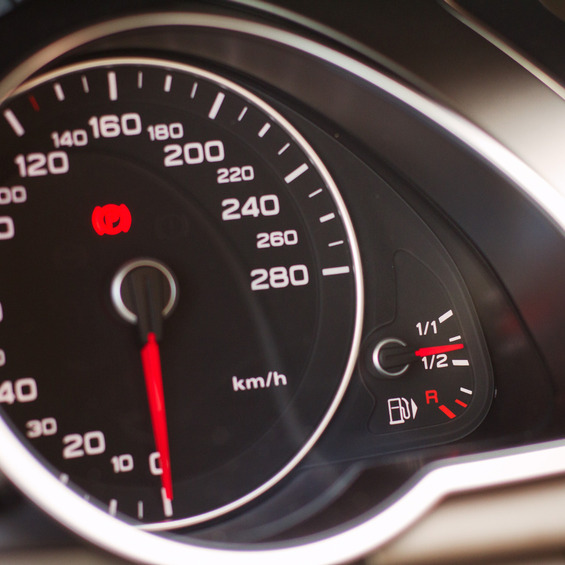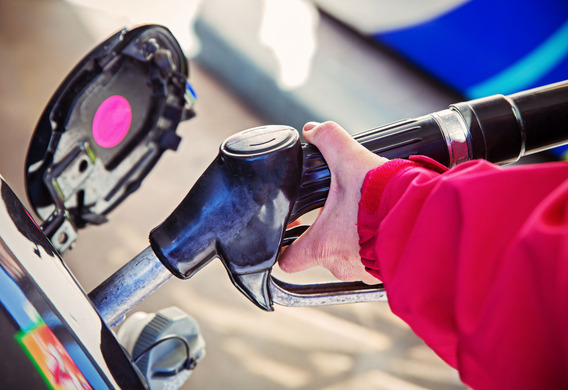
According to the results of research, every fourth Russian citizen is currently the owner of the car. In turn, the content of the car takes one of the leading positions in the list of expenses of the family budget. It is difficult to get away from the car (and sometimes impossible), but it is quite possible to reduce the cost of its maintenance. Perhaps the easiest way to reduce spending on a car is to save fuel. The main question is: how can this be done without harming the car? Why a car consumes so much fuel
Why a car consumes so much fuel
In the process of purchasing a car, everyone draws attention to the main quality of the car: for one of the main criteria is the capacity, for others it is the power of the engine. In addition, for the vast majority of buyers, one of the main parameters of the car is its fuel consumption. Analyzing the data reported by the manufacturer, the potential buyer makes the conclusion that it can contain such a vehicle.
The fuel consumption is relative. The amount of petrol that a car consumes per unit of time can be very different depending on the situation. There are certain factors that affect fuel consumption.
First of all, the fuel consumption will depend on the size of the car engine. It is very simple: the more the total cylinder capacity, the more fuel will burn for each engine cycle. However, since the inception of the first WAN, technology has stepped forward, and many additional devices have been created to help reduce fuel consumption. The most revolutionary and efficient of these are the injector, electronic throttle control, the system of changes in the phases of gas distribution. The presence of such systems in the engine reduces significantly the fuel consumption of the car.
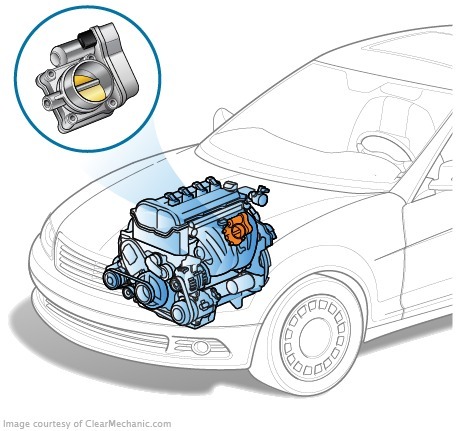
Another important parameter is the mass of the car. The parameters of acceleration, speed and fuel consumption depend on the mass ratio of the vehicle and engine power. The heavier the car, the more difficult it is to move it, the more fuel will be fed to the combustion chamber.
The aerodynamic qualities also play a more important role. The less the vehicle resists the airflow, the less the engine is to spin-less fuel consumption.
Thus, the vehicle's mass ratio, the engine power and its aerodynamic properties, is the main fuel consumption measure. In fact, these numbers cannot be fundamentally changed.
However, there are other parameters, not as much but as fuel consumption. Each driver can influence them and thus reduce the cost of petrol.
Reduce fuel consumption
There are many recommendations from experienced motorists on how to lower fuel consumption. Some of them sound absolutely fantastic, but there are also options that are justified from the point of view of physics and chemistry. They should be more detailed.
Driving style. The car can be represented as an object on which the forces of attraction, resistance, friction, etc. are acting, so that it can go, fuel it, mix it with air, ignite it, fuel the energy on the leading wheels, and overcome all the forces mentioned above. It's more difficult to do this at a time when the car is not wielyable. It follows that a sharp start increases fuel consumption. A sudden stop can lead to a complete stop, which in turn will increase the fuel consumption.

"The appetite" of the car is also directly proportional to the engine speed, the higher the cost. Thus, the aggressive driving style with maximum acceleration and frequent braking increases the fuel consumption by order. The best option is to speed up the speed and keep the average turnover evenly. We don't have to go 40 km/h on first gear, the distribution of effort must be rational.
Gearbox. Fuel economy adherents like to repeat that "a fuel-efficient car must have three pedals." Despite the technologiability of modern ACPR, they do not control fuel consumption. Thus, it should be understood that, compared to the rational use of the MCP, the fuel consumption increases by about 10%.

The Robotic gearbox is now considered to be one of the most economical, followed by a mechanic and a sub-machine with a number of gears ranging from 6 to 8. Each of the boxes has its advantages and disadvantages, but in terms of efficiency, the robot still holds the leading position.
Car windows. Open windows reduce the aerodynamic properties of the car. As a result, air resistance and fuel consumption are increasing.
On-board equipment, including air-conditioner, magnetometer, various light equipment, etc. For example, the air-conditioner operates from the engine, it can be noticed if you stop the car and turn on the air-conditioner-the number of revolutions per tachometer will increase slightly. Any other electrical equipment shall be powered by a battery, which in turn is constantly charged with the help of a generator operating at the expense of the engine-hence the increase in fuel consumption.
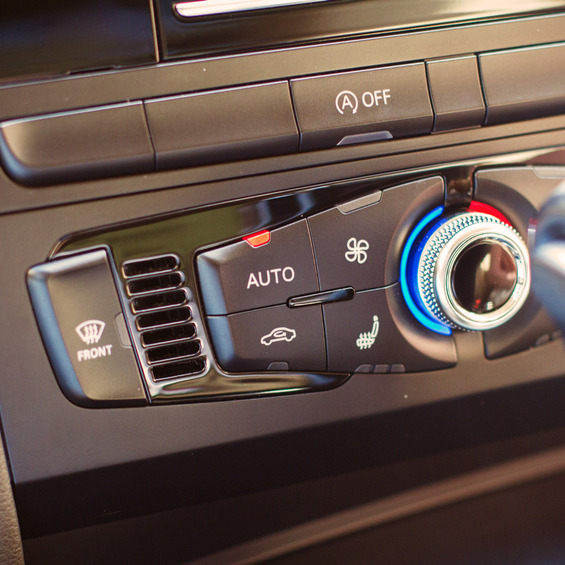
Motor oil. It is necessary to use quality oil and monitor its regular replacement. The car's moving parts are subjected to friction to reduce it. Therefore, quality oil reduces fuel consumption.
Tyre pressure. Physics again. A friction force occurs when a contact is made to the ground between the tyres and the road. Fricted friction tyres increase, respectively, fuel consumption. Thus, it is reasonable to monitor tyre pressure in terms of not only security but also economy.
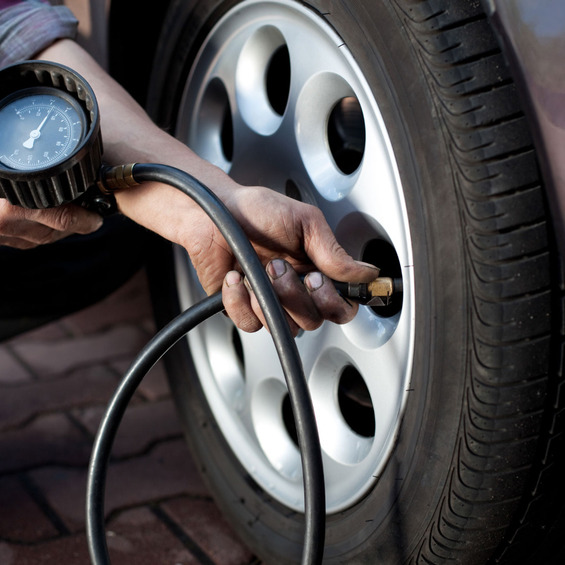
Comfornout shoes. The driver must monitor the brake pedal force. In order not to regas when it is not necessary, it is necessary to control the car in the shoe soles, which makes it possible to feel the pedal better.
The general condition of the car. To ensure that the vehicle does not exceed the manufacturer's declared expenditure, it is necessary to monitor its technical condition. This includes the regular replacement of filters, correct ignition, the required level of tyre pressure, etc.

Congestion. The cargo possibilities of each car are limited. It should be remembered that every passenger and bag in the trunk increased the load on the chassis of the car, so the engine has to compensate for the increased load. According to research, every 50 kg of cargo increases fuel consumption by about 2%.
Quite often the question of how to save fuel, you can hear the sarcastic response-walk. The Council, of course, is an individual, but not always feasible. In general, there is no need for special effort to save fuel, it is necessary to make rational use of the car's capabilities. For example, to turn off the air conditioner, if it is not necessary, do not carry the mangal, tent and old handbodies for several months, etc., besides, the careful attitude will not only reduce the fuel consumption, but also extend the life of the car.
